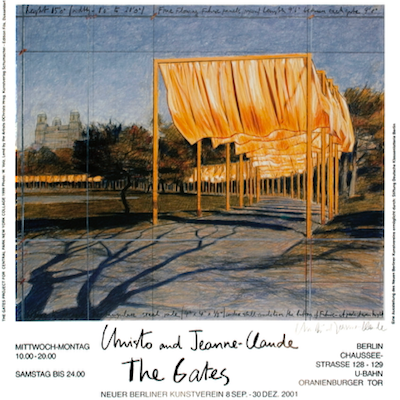Nobuo Sekine
Nobuo Sekine (Japan, 1942–2019) was a pivotal figure in the Mono-ha movement, renowned for his minimalist sculptures that explored the relationship between natural and industrial materials. His seminal work, 'Phase—Mother Earth' (1968), featured a cylindrical hole and its corresponding earth mound, challenging perceptions of space and matter. Sekine's art is featured in major institutions, including the National Museum of Art in Osaka and the Louisiana Museum of Modern Art in Denmark.

What is site specific art?
Site-Specific Art is a form of artwork created to exist in a particular location, with the artist considering the site as an integral part of the creative process. Robert Irwin was a key figure in promoting this art form in California. Site-Specific Art emerged as a reaction against modernist objects, which were often portable, commodified, and confined to museum spaces. In contrast, Site-Specific Art is inherently tied to its location, challenging the traditional notions of art as a transportable and marketable commodity.











